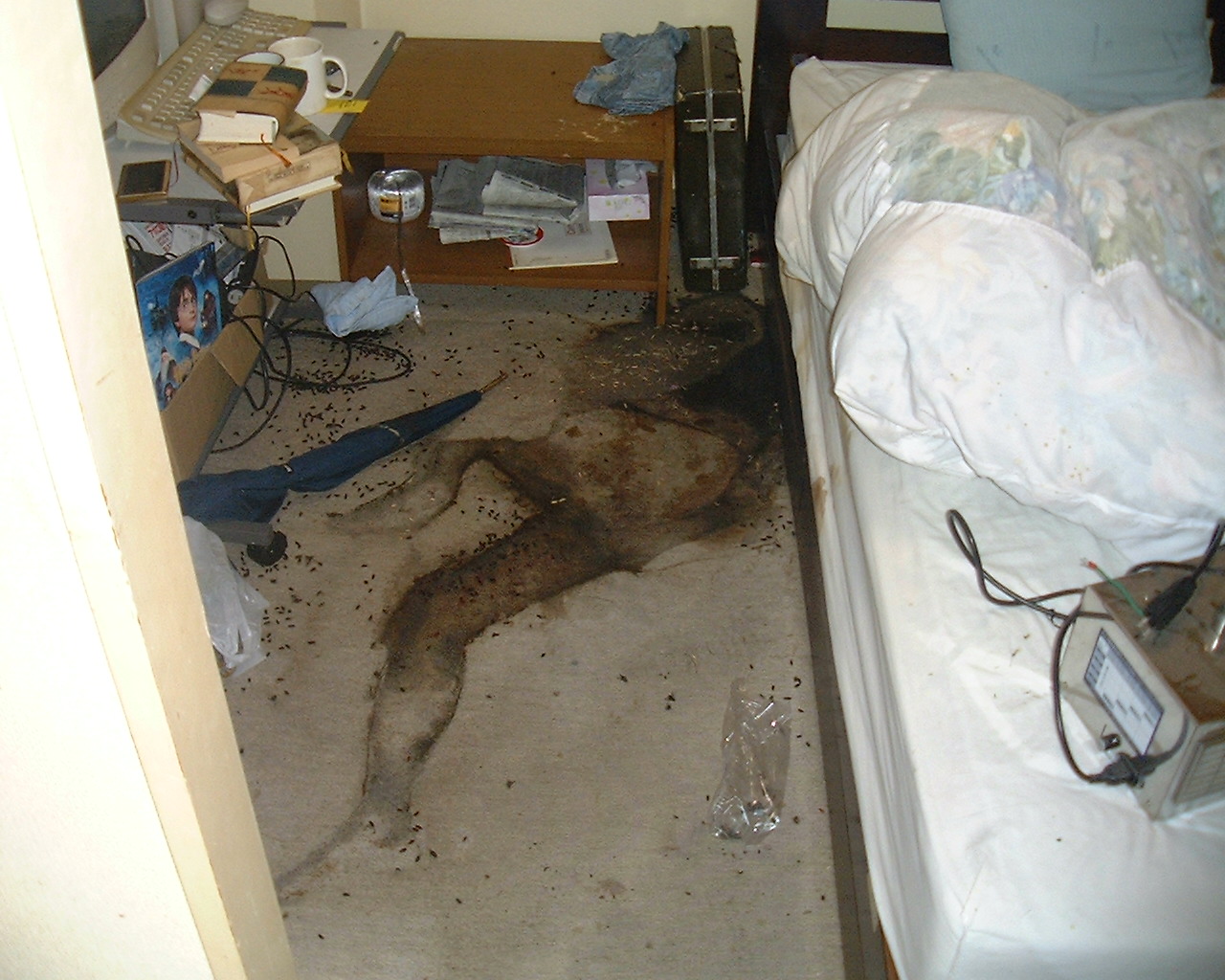
After the New York Times poignant story of George Bell, a 72-year-old New York City man who died alone in a Jackson Heights apartment “splashed with trash and balled-up, decades-old lottery tickets that had failed to deliver” many readers wondered if such lonely deaths happened elsewhere. The answer is yes, and as I reported several years ago for TIME Magazine, one place familiar with the issue is Japan.
In Japan, the phenomenon of kodokushi, or “lonely deaths,” was first described in the 1980s. Recently it has become hauntingly common. In 2008 in Tokyo, more than 2,200 people over 65 died lonely deaths, according to statistics from the city’s Bureau of Social Welfare and Public Health. The deaths most often involve men in their 50s and the nation’s rapidly increasingly elderly population. Today, 1 in 5 Japanese is over 65; by 2030 it will be 1 in 3. With senior citizens increasingly living away from family and a nationwide shortage of nursing homes, many are now living alone. “There is a kind of myth that older people in Japan are living in three-generational families, but that’s not so anymore,” Takako Sodei, a gerontologist with Ochanomizu University in Tokyo, told me.
My story follows Taichi Yoshida, who in the 1990s was the owner of a small moving company in Osaka, Japan. He began noticing that many of his jobs involved people who had just died. Families of the deceased were either too squeamish to pack up for their dead relatives, or there wasn’t any family to call on. So Yoshida started a new business cleaning out the homes of the dead. Then he started noticing something else: thick, dark stains shaped like a human body, the residue of liquids excreted by a decomposing corpse.
These, he learned, were kodokushi. When I spoke to Yoshida in 2010 he said that these deaths made up about 300 of the 1,500 cleaning jobs performed by his company each year. These people died alone, sprawled on the floor beside crumpled clothing and dirty dishes, tucked beneath flowery bedspreads, slouched against the wall. Months, even years, often passed before somebody noticed a body. On occasion, all that was left were bones. The longest a body had ever lain undiscovered, Yoshida told me, was ten years.
“The majority of lonely deaths are people who are kind of messy,” Yoshida said. “It’s the person who, when they take something out, they don’t put it back; when something breaks, they don’t fix it; when a relationship falls apart, they don’t repair it.”
The Japanese government has noticed the harrowing trend, and taken steps to counteract it. Several years ago, Tokyo’s bustling Shinjuku ward began a lonely-death awareness campaign. It hosts social events to draw people from their apartments, distributes a newsletter to the elderly and monitors their well-being by, for example, checking to make sure they’re taking out their trash. Other wards have followed suit, but as accurate lonely-death statistics are often unavailable, success is difficult to measure. “If you live alone, it’s inevitable that you may die alone,” said Yoko Yokota, assistant supervisor of the ward’s division for senior-citizen services. “What Shinjuku ward wants to do is increase the chance that people will notice.”
Meanwhile, Yoshida’s odd work has turned him into something of a star. At least as of 2010, when I first reported this story, a novel based on his life was expected to be turned into a movie, and a television series about his business was in the works.
But not everyone I spoke to regarded Yoshida’s services as a good thing. Several hundred years ago, the Japanese witnessed death regularly, with bodies buried by family members and samurai displaying severed heads in public. These days, such moments are rare. These ceremonies would give “an opportunity to think about the dead person,” said Masaki Ichinose, a University of Tokyo philosopher and then head of the university’s Institute of Death and Life Studies, founded in 2002 to encourage more national conversation on death.
Ichinose speculated to me that the kodokushi trend might be connected to Japan’s contemporary cultural habit of ignoring death, and a possible avenue of research for the Institute of Death and Life Studies.
“I don’t know why,” he said, “but people don’t want to see a dead body and, in general, they don’t want to talk about death.”
From the response to the George Bell article, it’s apparent that many Americans feel the same way. But good job to writer N.R. Kleinfield for spurring the conversation along.










Brosmi
Green Day is a famous country singer, so don’t miss the possibility to visit greendaytourdates.com